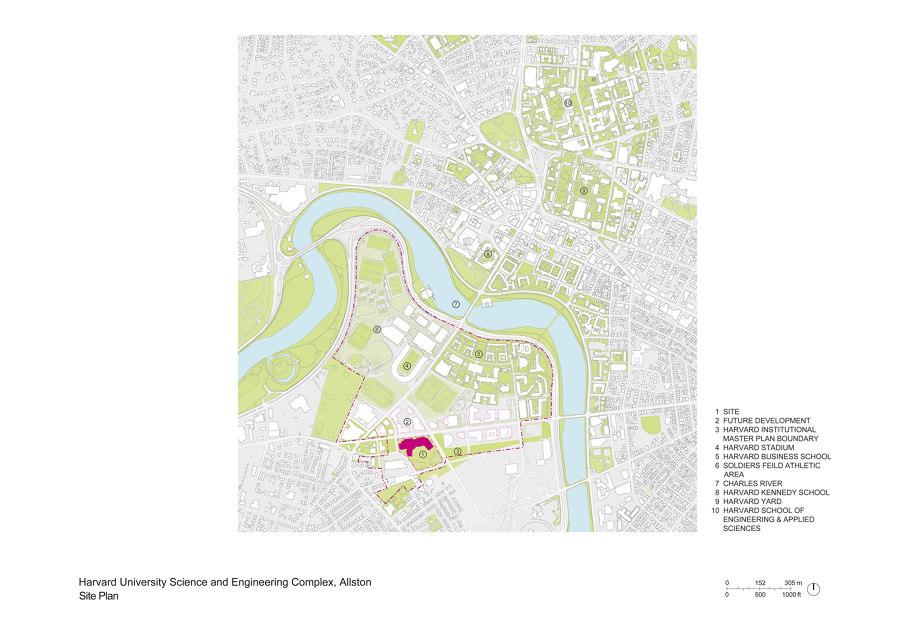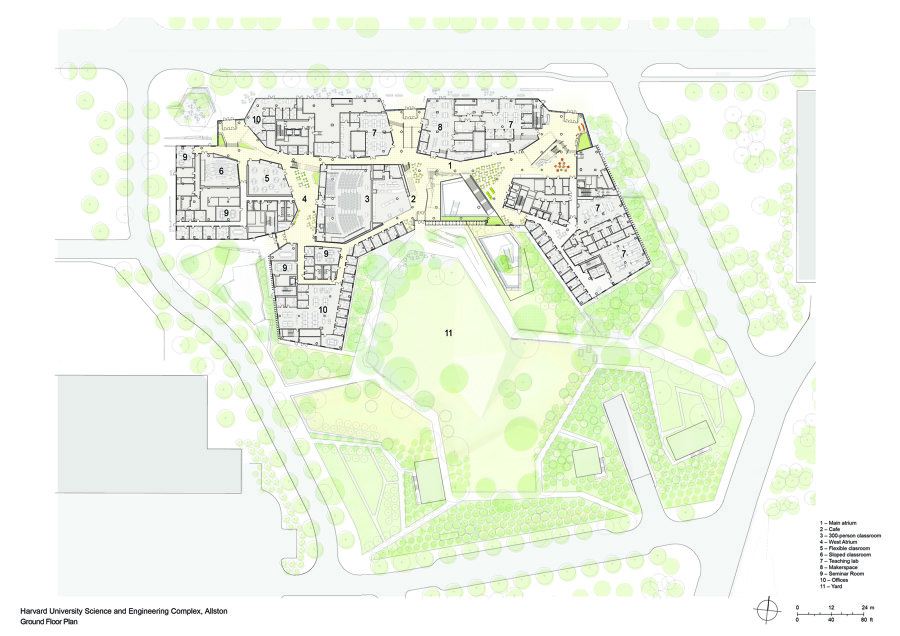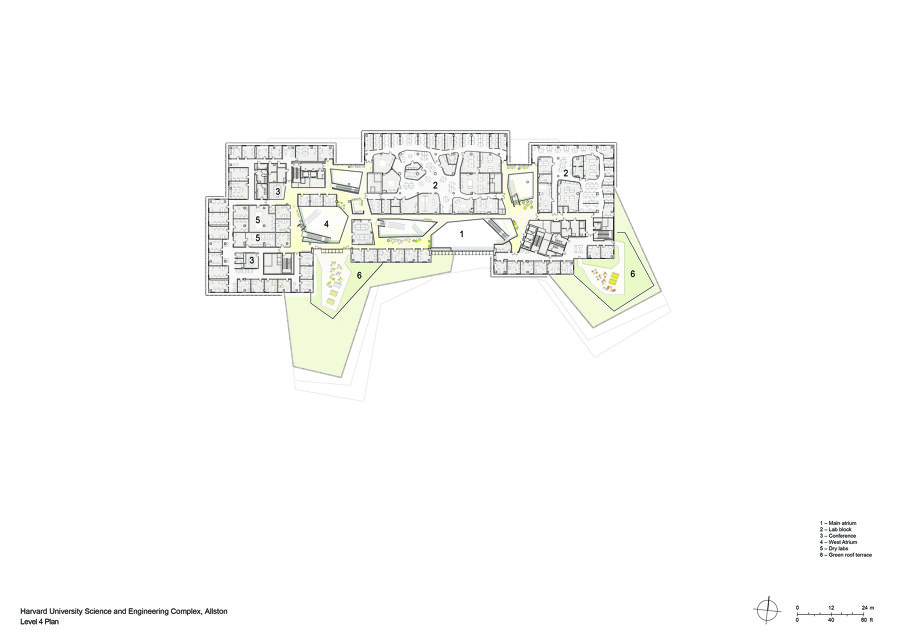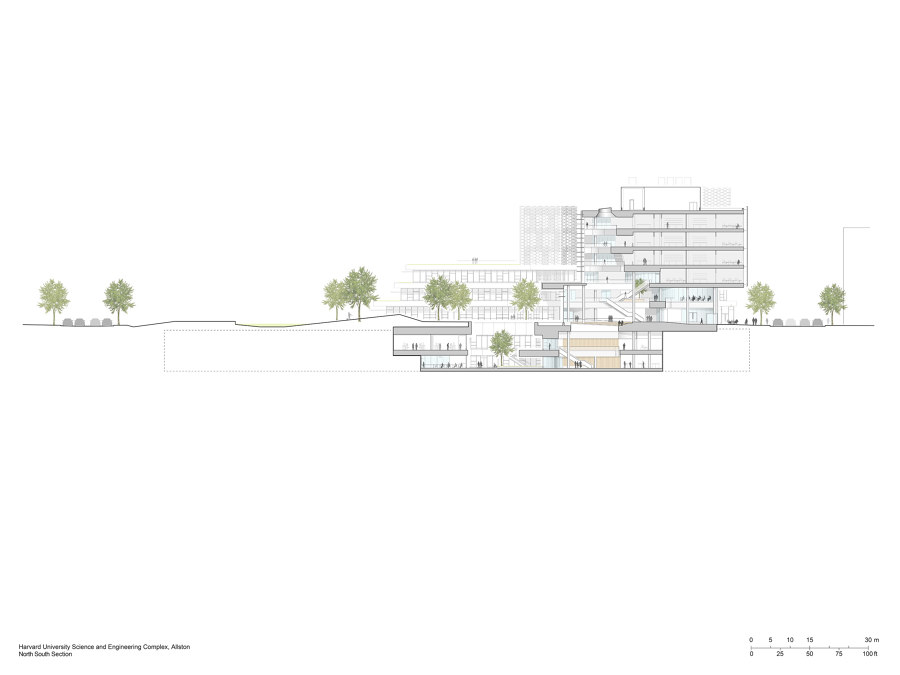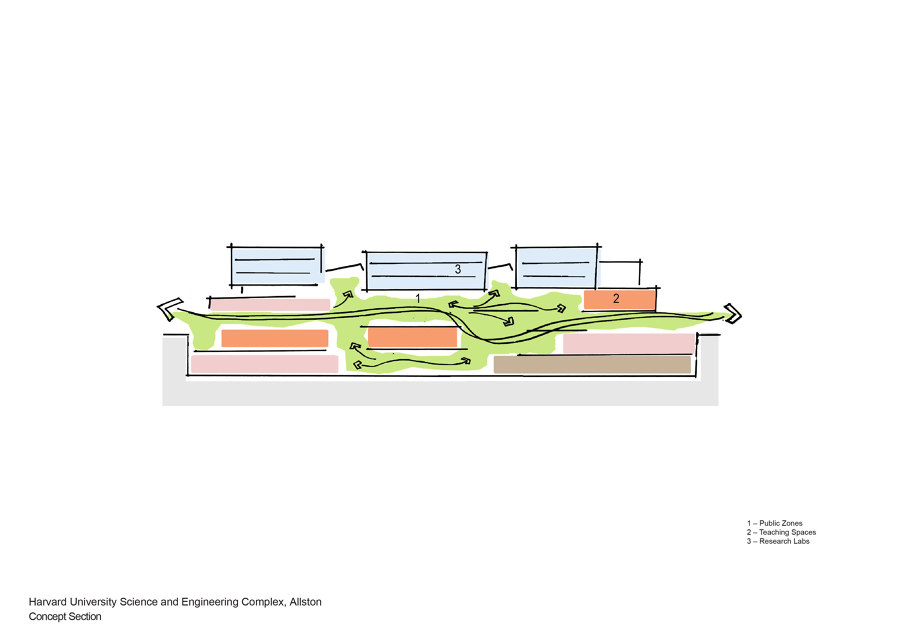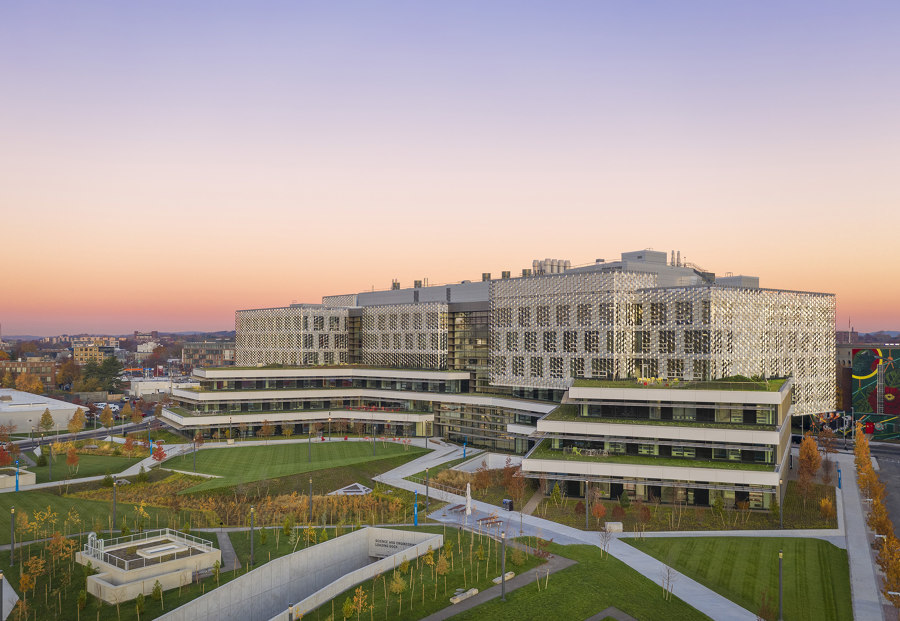
Fotograf: Brad Feinknopf
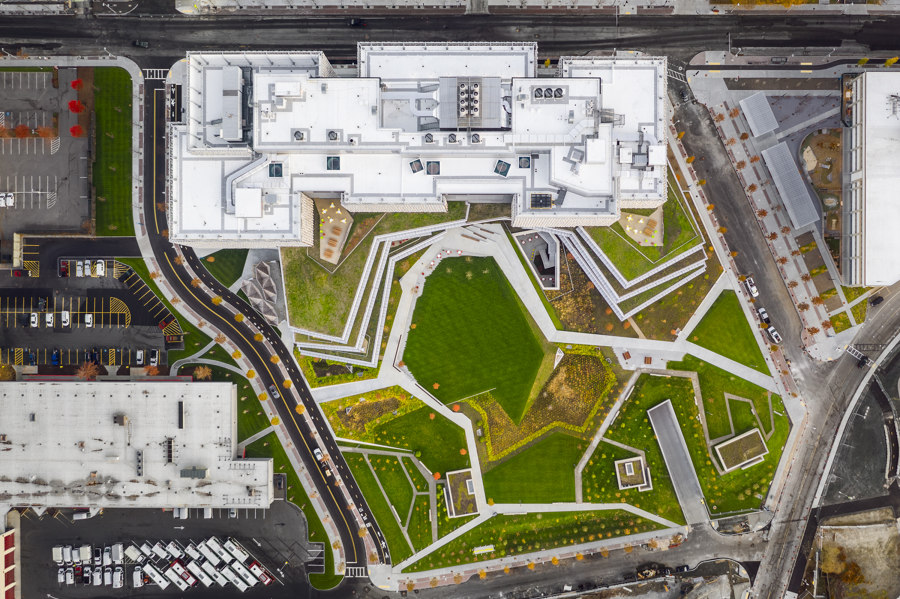
Fotograf: Brad Feinknopf
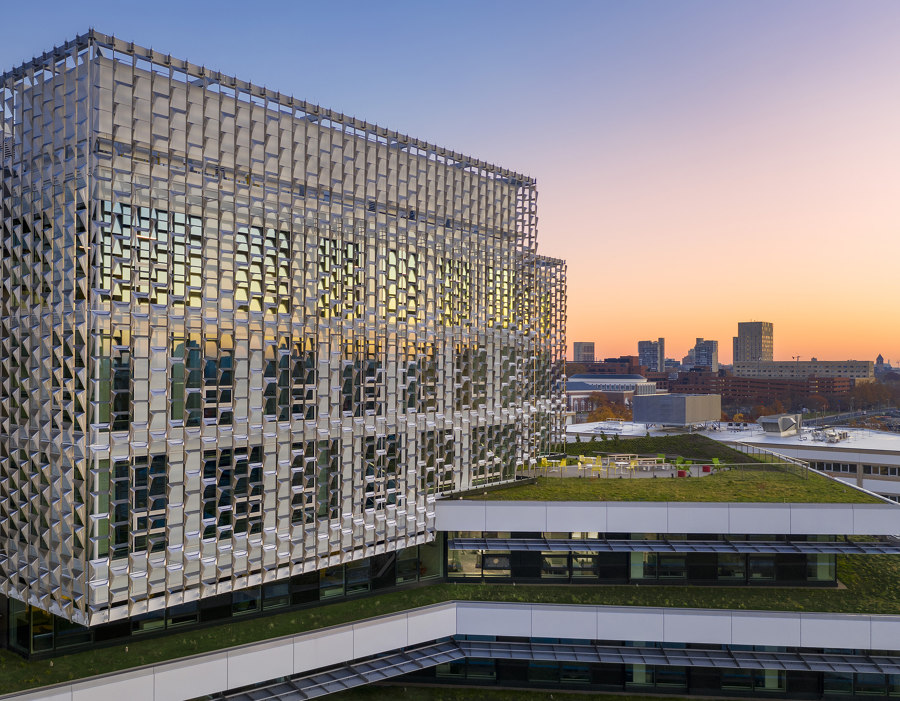
Fotograf: Brad Feinknopf
Setting a new paradigm for scholarship in the 21st century and beyond, Harvard’s Science and Engineering Complex (SEC) is designed to inspire learning and scientific discovery while showcasing sustainability. The building weaves together a number of threads of contemporary life, which will influence current and future generations of researchers: engineering’s decisive influence on the exploration and resolution of some of the world's most pressing problems, the critical importance of cross-disciplinary efforts to achieve major scientific breakthroughs, and genuine leadership in sustainable design and urban development. The building’s adaptable, innovative environments support the school’s profound commitment to cutting-edge academic collaboration, create vibrant public spaces at a variety of scales, and set a distinctive architectural tone for the Allston campus.
The eight-level, 544,000-square-foot building is organized into three four-story volumes connected by two glazed, multi-story atria that provide light-filled social hubs for faculty and students. The upper stories are clad in a façade whose layered design celebrates and calibrates the scale of the large volumes that comprise the research activities of the building, creates an identity for the complex, and plays a crucial role in the efficient energy performance of the building as well as occupant comfort.
Classrooms, makerspaces, teaching labs, and amenity spaces occupy the floors closer to the street, where they highlight active learning, showcase student work, and engage the community. Classrooms and meeting spaces vary in size and layout, ranging from typical, theater-style classrooms with sloped floors and fixed seating to flexible spaces that can be reconfigured into flipped classrooms for student-led discussions.
Wet and dry research labs are located in the upper volumes, where they provide researchers with more solitude and security. Modular, flexible laboratory environments, smart zoning of highly ventilated zones from dry spaces, and robust delivery of centralized lab services ensure the adaptability of the space for decades to come. Between the laboratory blocks, generous lounges provide connection points for students and faculty.
Sustainability and performance are high priorities for Harvard; the SEC has received LEED Platinum and Living Building Challenge (LBC), Petal certification in Materials, Beauty, and Equity. Complementing energy-conscious HVAC and lighting systems and vegetated roof terraces, the façade balances technical and aesthetic goals. Four principal façade types are used at the building, including the world’s first hydroformed stainless-steel screen, which wraps the laboratory portion of the structure. It is precisely dimensioned to shield the interior from solar heat gain during warmer months while admitting beneficial sun during the winter, reducing cooling and heating loads. The screen also reflects daylight towards the interior while maintaining large view apertures. Glazed façade sections feature exterior sun-shades and operable windows that support automated natural ventilation.
The SEC’s striking, yet highly functional design will strengthen Harvard’s position as a leader at the intersection of engineering and science, and sets the standard for the future development on the Allston campus as one of high-quality learning environments with rigorous sustainability goals.
Design team:
Behnisch Architekten, Boston, USA
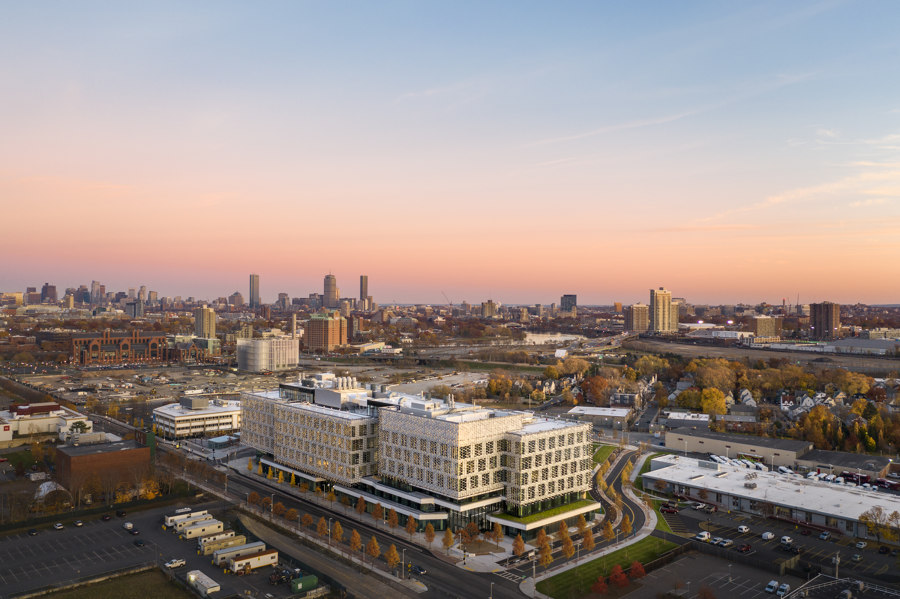
Fotograf: Brad Feinknopf
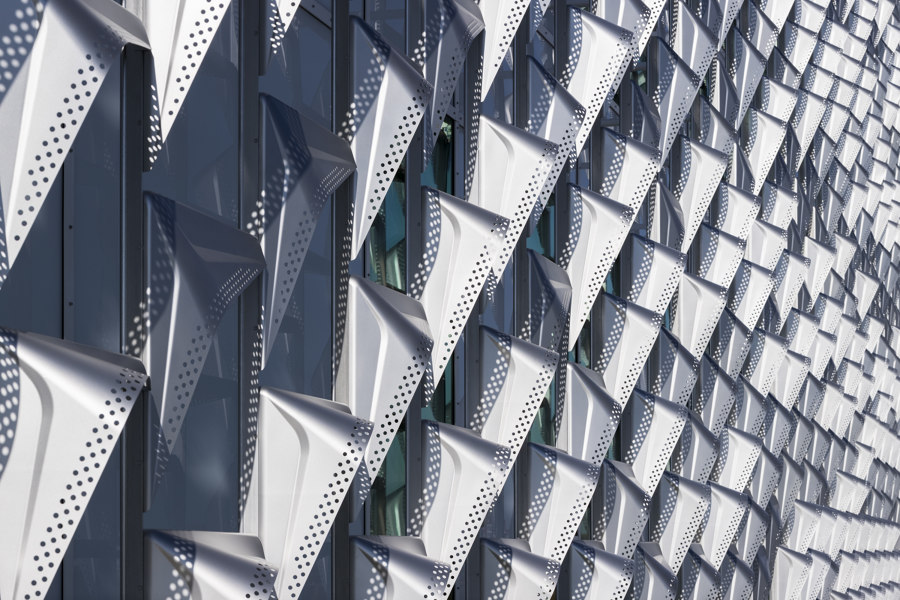
Fotograf: Brad Feinknopf
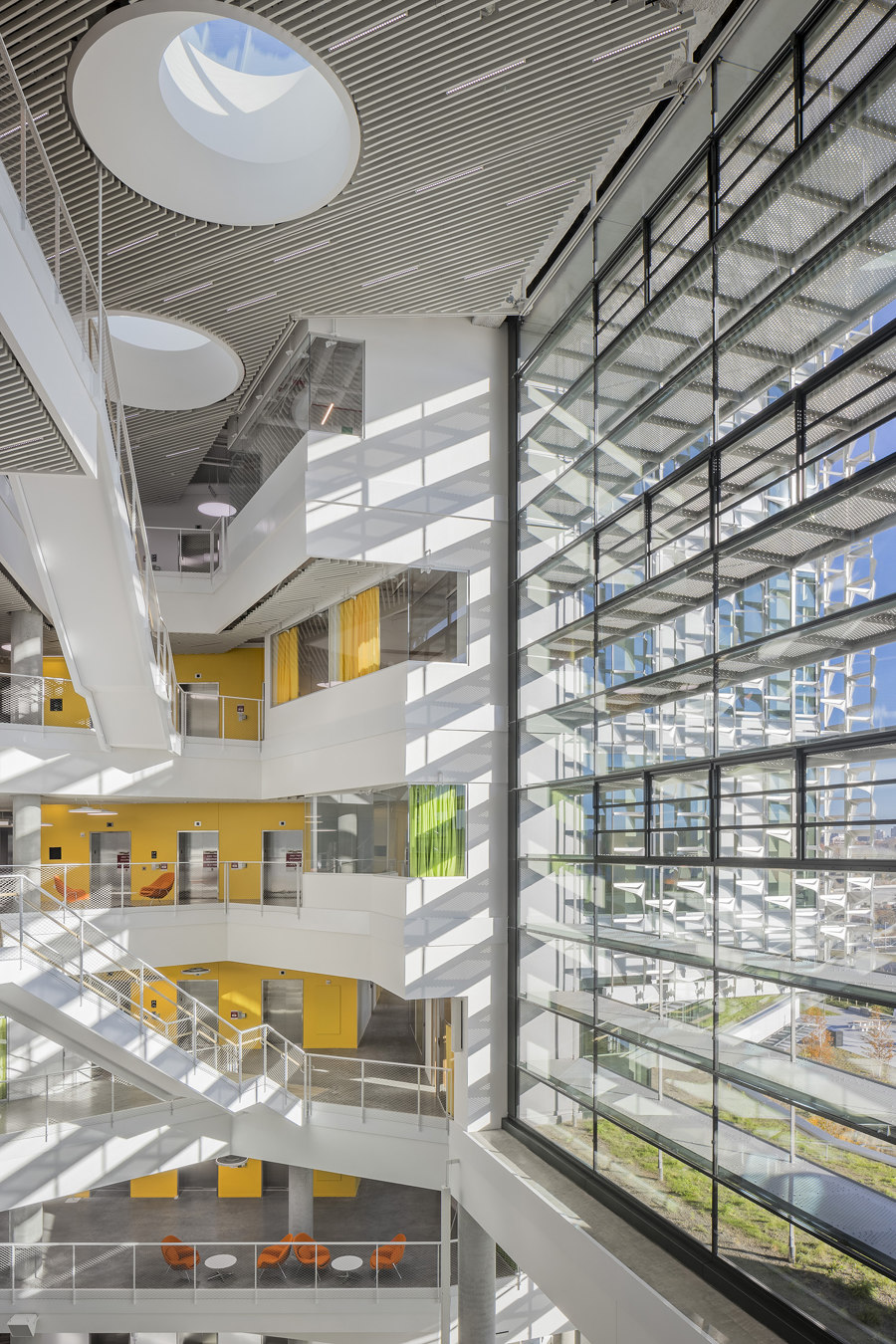
Fotograf: Brad Feinknopf
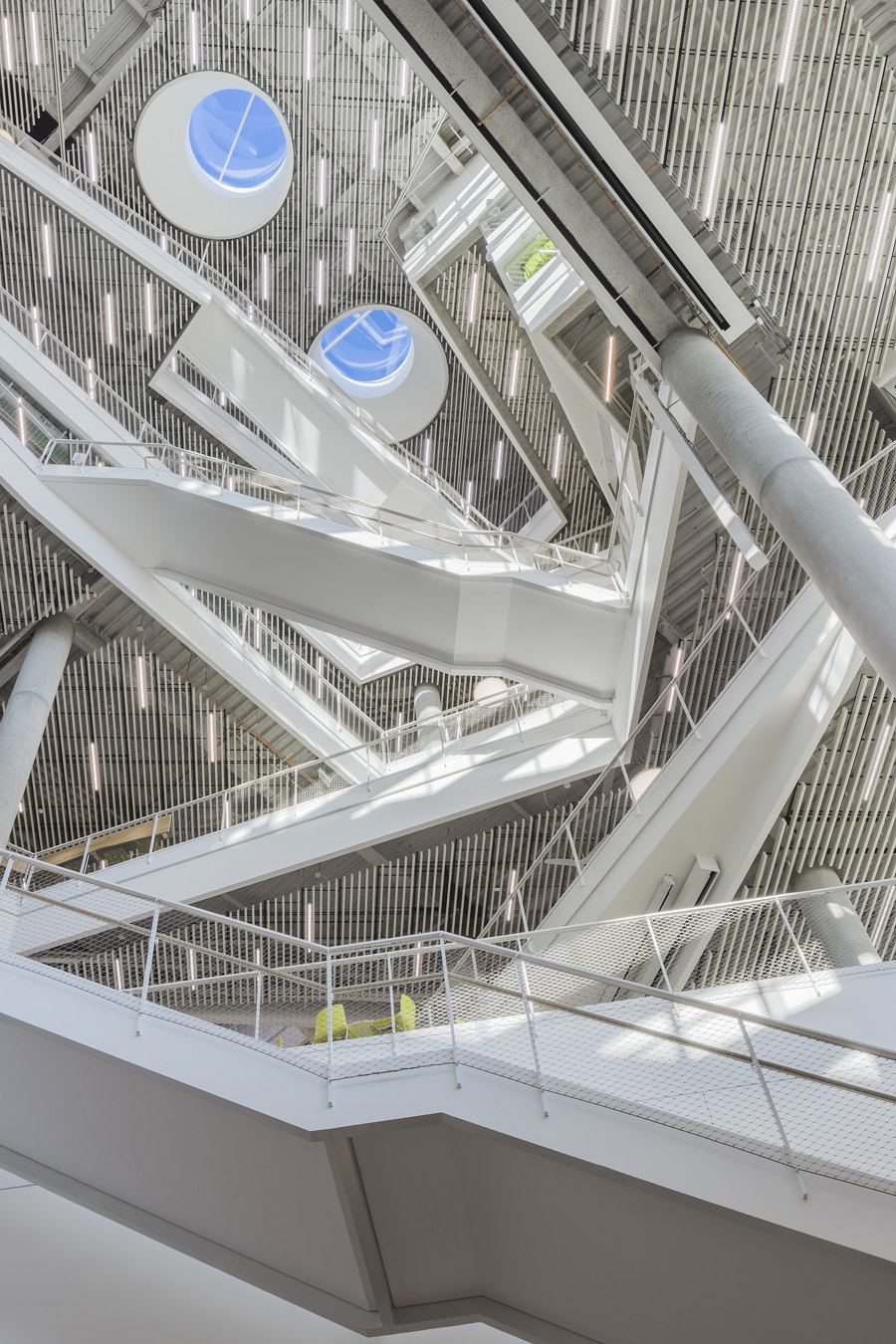
Fotograf: Brad Feinknopf
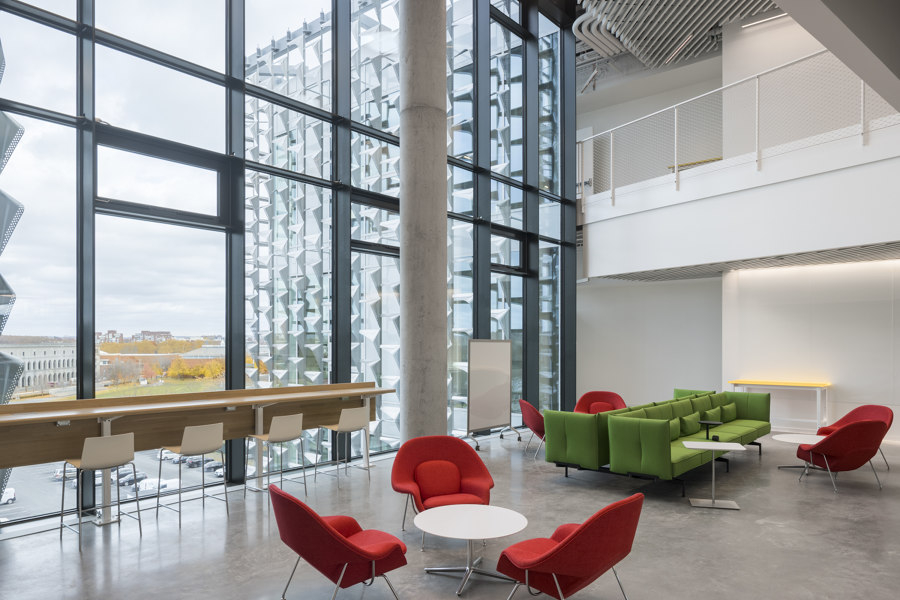
Fotograf: Brad Feinknopf
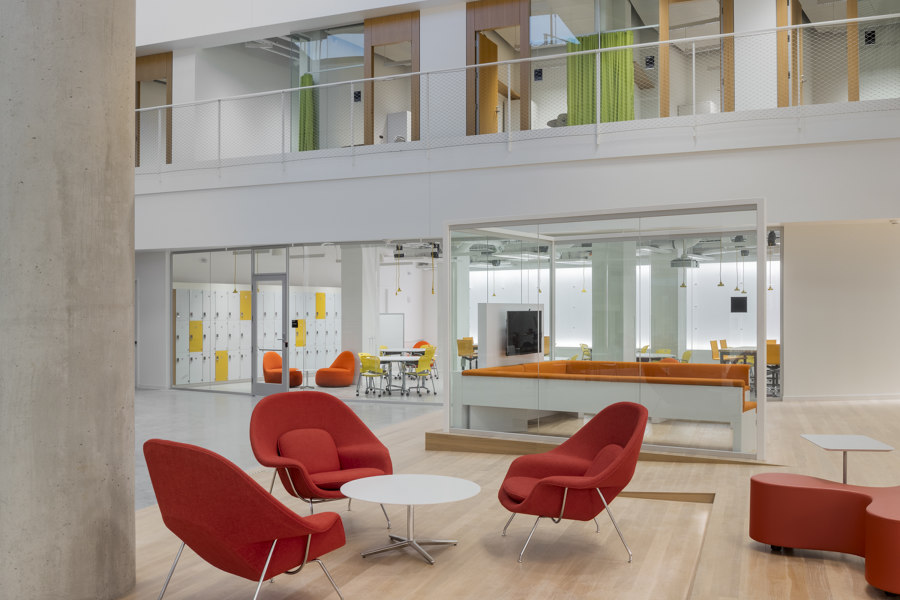
Fotograf: Brad Feinknopf
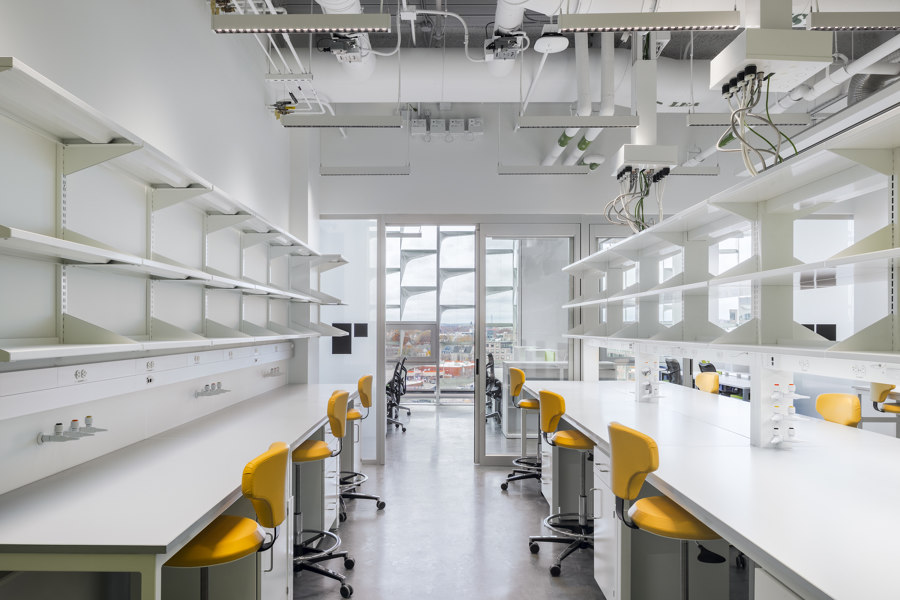
Fotograf: Brad Feinknopf
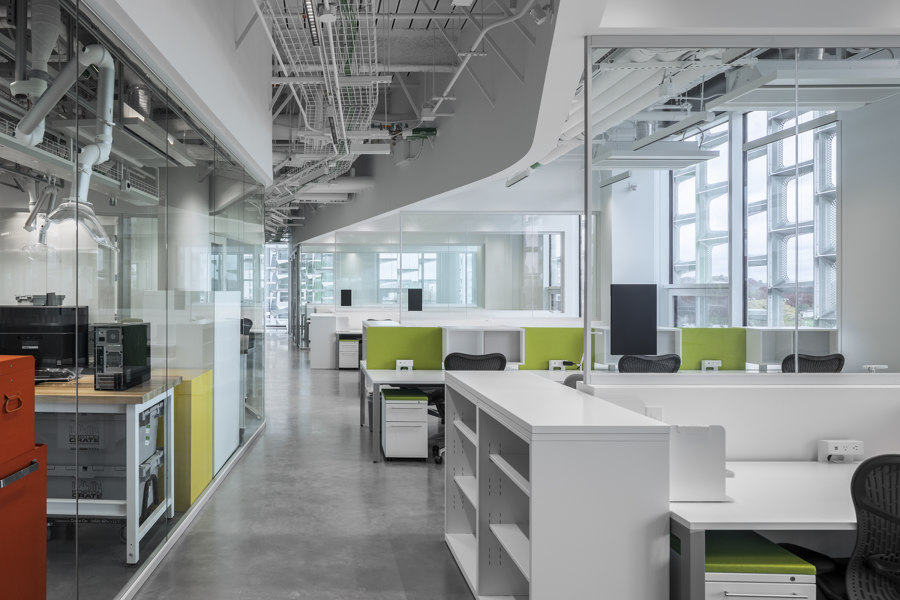
Fotograf: Brad Feinknopf

Fotograf: Brad Feinknopf
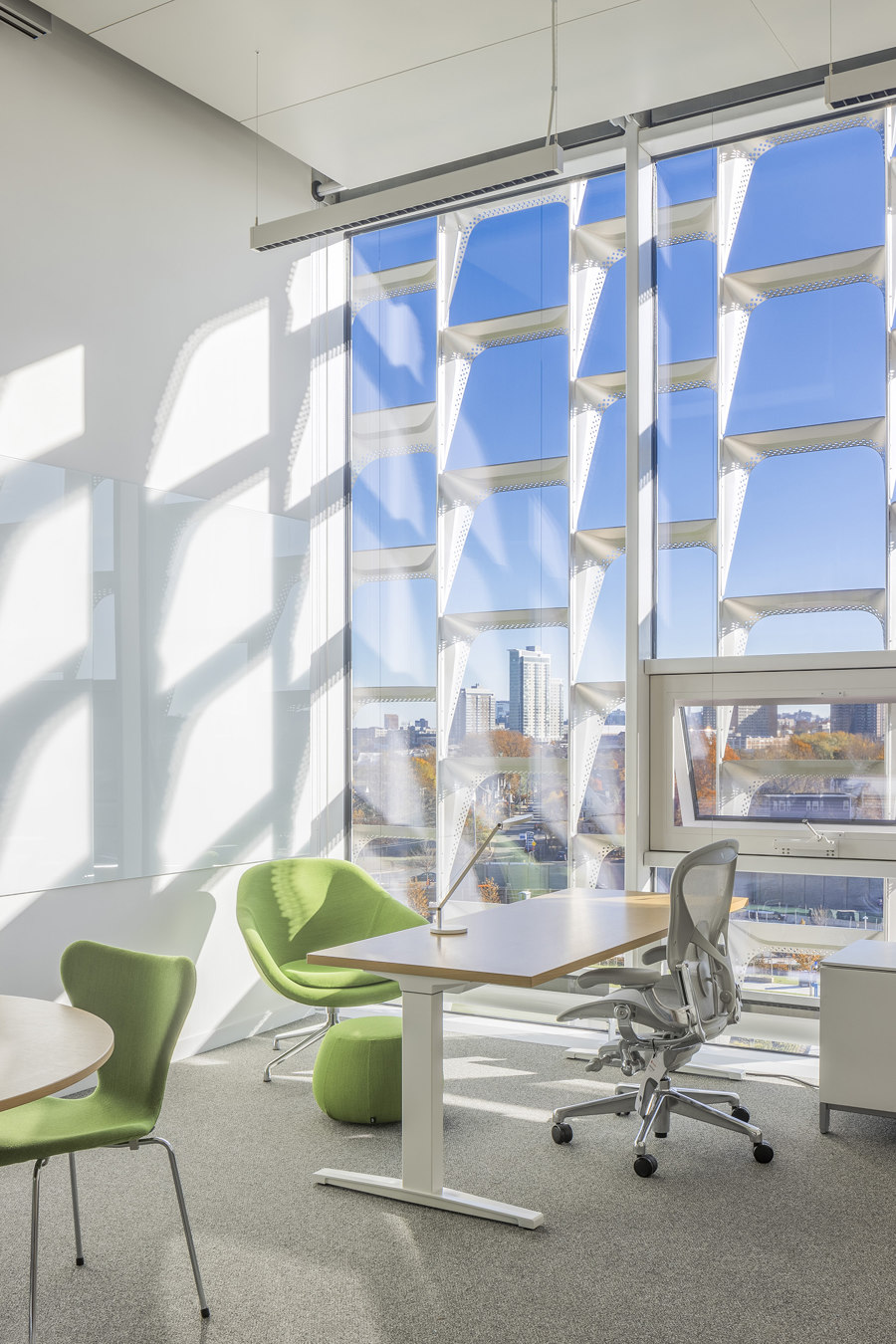
Fotograf: Brad Feinknopf
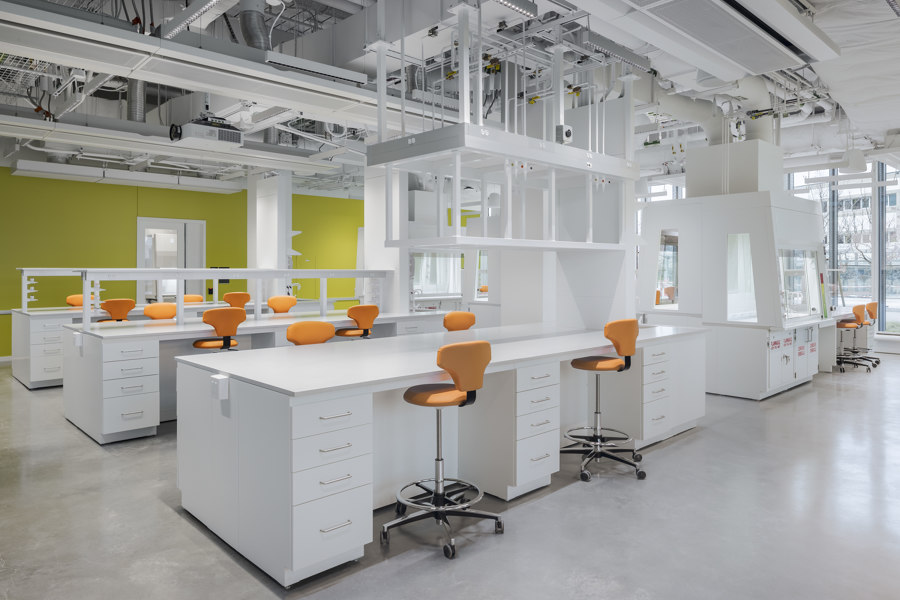
Fotograf: Brad Feinknopf
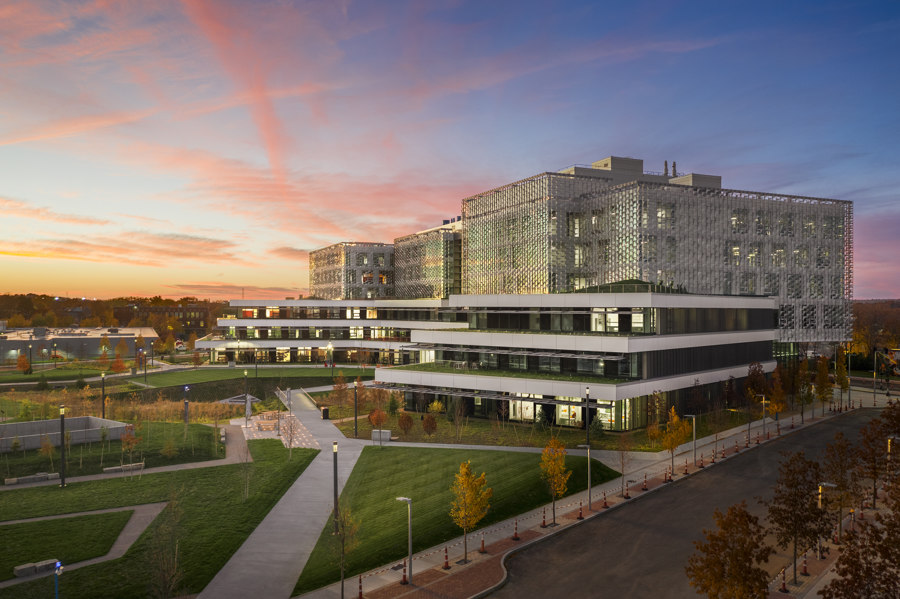
Fotograf: Brad Feinknopf















